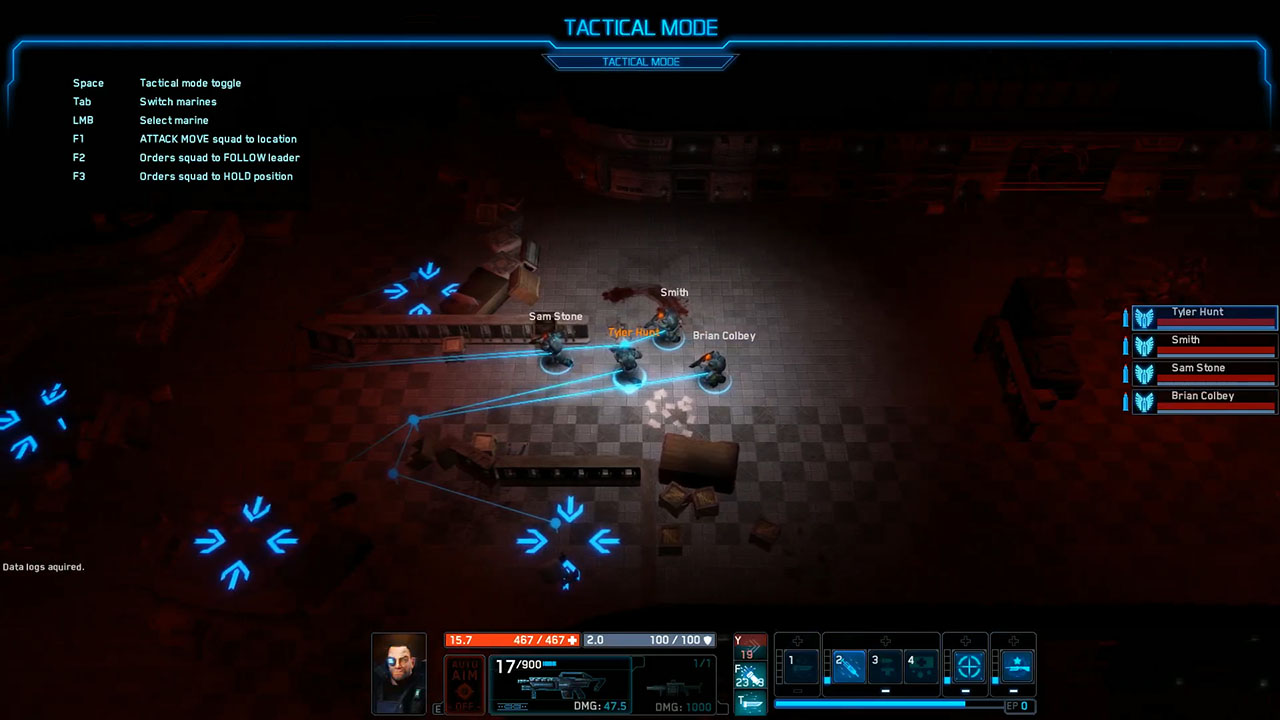We first looked at The Red Solstice over a year ago while it was still in that Early Access phase and returned to it every so often to "check in". The game saw a full release earlier this month and we were interested in learning from the developers just how that much exposure (for so long) helped to shape the final product. Developer Hrvoje Horvatek shares with us a look back on the game's development and the community that helped get it where it is today.
The Making of The Red Solstice
It is often said that one of the most important factors that affect the success of any game is a carefully elaborated and consistently executed development plan. Straying too far off the roadmap - which is built with long term goals, budget limitations, and other factors in mind - will often result in losing the required pace needed to meet the deadlines. Time lost on non-important work and crucial tasks made in a hurry will have a considerable impact on the quality of the final product.
The Red Solstice's scope changed so dramatically that it could not be developed in a streamlined fashion. It started some 6 years ago when a couple of university students and gaming enthusiasts sat down and said, "Hey, let's make a game!" Over the first few years other people came from different backgrounds and circumstances willing to do some work on the project. Most of them left, either due to a lack of time or the loss of initial enthusiasm, but a few individuals remained and saw the project through to its first truly playable alpha version.
A number of alpha testers - mostly fans of the Warcraft 3 mod called Night of the Dead (which was an inspiration for this game) - were first introduced to The Red Solstice. Although unfinished and very rough on the edges, they genuinely liked what they saw. This positive feedback rekindled our hopes and dreams. While we still worked as volunteers, enthusiasm rose as we began to understand that The Red Solstice would enable us to make a living out of creating games. It was a year or so later that the project reached an even higher plateau. The trigger was the news that the community rewarded our work by voting us into the Steam Greenlight program. We ran a successful Kickstarter campaign soon thereafter and received a sufficient amount of funds to rent and equip a proper working space. Launch on Steam’s Early Access was a success and before we even realized it, five of us were in the office working on The Red Solstice as our full time job.
Looking at the original design document, it is obvious that we have moved far from the initial target; but then again, we managed to preserve the essence of what the game was supposed to be. This preservation of consistency, while at the same time embracing changes and unexplored potentials, might have been one of the most important reasons we’ve made it this far. The lesson here is not an easy one, or one that can be translated into an exact formula. It is certainly true that a serious project needs careful planning, but also, especially with small teams still developing their potential, circumstances will change and flexibility must be maintained. This need for balancing between [adapting on the fly] and stability has to be reflected in the leadership structure of a team. It is certainly one of our greatest assets that we managed to create an atmosphere of cooperation and respect in which every decision is discussed and every member contributes with his own opinion.
Working in a small game development team has proven to be one of the most demanding and exhausting - yet also one of the most stimulating and inspiring - experiences of our lives; and the reasons for both sides of the coin are often very similar. In such a working environment, every member’s individual contribution is reflected greatly on the shape of the product. Everyone’s personal failure or simply temporary inability to meet the current requirements is thus also greatly reflected on the collective success. This kind of responsibility inevitably creates a sense of pressure and builds up stress that everyone has to find a way to deal with. On the other hand, the feeling of accomplishment once a milestone is reached and once everyone can sit down, unwind, point and say, "I created this," makes it all more than worth it in the end.
Another, sometimes very painful, part of the job is surviving the crunch. Crunches are just a fact of the industry but greatly limited manpower makes things that much worse. The official release date was decided some 6 months beforehand. We knew we had an almost unreasonable amount of work in front of us, but financial concerns and other factors - such as other game releases - meant another date was not an option. So we sat down and crunched.
All-nighters were pulled off, eight to nine hour workdays rose to ten to sixteen or more; we gave up weekends, holidays. Although we could not afford anything but a minimum salary with which we could manage to live off, we never lacked motivation. What we quickly found out, though, is that when everyone makes an effort to follow everyone else’s tempo, soon an individual point of diminishing returns can be hit. It is for that reason we found it important to learn to recognize signs of fatigue and the need for rest as finding motivation to work long hours was becoming harder.

